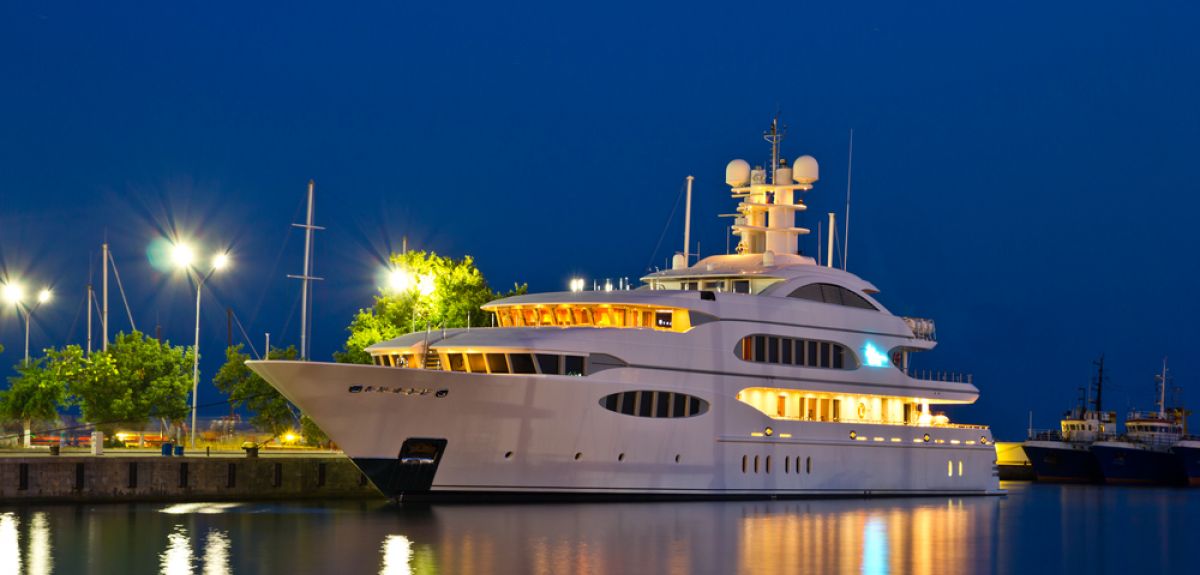
Countries with the world's richest one per cent
A new study has examined the varying fortunes of the world’s richest people between 1988 and 2012 to identify which parts of the world the top 1% come from.
It finds that compared with previous decades, many more of the global super-rich are from emerging countries, with a corresponding decline in the share of those from advanced economies. The region with the fastest growth in its share of the world’s richest elite is developing East Asia and the Pacific, explained largely by China's economic rise. Researchers calculated the global distributions of income based on household surveys and income tax records. They find that the United States still dominates with 38% of the individuals in the global top 1% in 2012, but this is much smaller than in 1998 when Americans made up nearly half of this group. By contrast, China's share in the global top 1% rose from 1.3% to 3.4% between 2005 and 2012. Its share of the world's billionaires is much larger – in 2016, it is 14%.
The working paper by researchers from the University of Oxford and King's College London finds that citizens of the advanced economies still make up the biggest share at 79% of the global top 1% in 2012. They calculate, however, that this share is on a downward trend, and is 7-11 percentage points lower than between 1988-2005. The study also finds that in the ranks of the global top 1% in 2012, Japan is second to the United States, with a share of 8.5%; followed by Germany at 5.8%, France at 5.4%, Brazil at 5.3%, and the United Kingdom in sixth position at 4.7%.
The researchers combined two sets of data: national household surveys covering most of the global population and economy, and top income shares from the World Top Incomes Database (estimated from income tax records). They applied econometric techniques to produce a global income distribution with fine-grained estimates of the rich in each country. The top income shares described here are based on purchasing power parity (PPP), whereby researchers adjust market exchange rates between countries to estimate the purchasing power of each country's currency.
The study describes China’s rise as 'clear', but says the country’s impact is 'modest', accounting for 2.2 million of the 70 million people in the global top 1% in 2012. The other giant of the developing world, India, accounts for fewer than 130,000 of this group despite rapid economic growth over the last 30 years and despite having 4.6% of the world’s billionaires in 2016.
Overall, the study finds there is less of a gap now between the world’s advanced and developing countries compared with previous decades, but inequalities still remain very high. The researchers show that Brazil is the developing country with the largest share of the global 1%, with 5.3% in 2012. They remark that not only is Brazil large and relatively prosperous but it also has a very high level of inequality; so while rich Brazilians are particularly rich, allowing them to cross the threshold, the incomes of the non-rich are correspondingly lower. The fact that both China's and India's shares of billionaires are disproportionately higher than their share of individuals in the global income top 1% also suggests they are particularly unequal at the very top compared with other countries.
The turning point for the emerging economies appears to have been around 2005. That is when its citizens increasingly started to enter the ranks of the global rich.
Professor Sudhir Anand from the Department of Economics
The authors are Professor Sudhir Anand, from the Department of Economics at the University of Oxford, and Dr Paul Segal, from the Department of International Development at King's College London. Professor Anand comments: 'The turning point for the emerging economies appears to have been around 2005. That is when its citizens increasingly started to enter the ranks of the global rich. This trend was undoubtedly reinforced by the global financial crisis in 2008, which slowed growth in the advanced economies. But developing countries were already beginning to catch up before then. As long as emerging economies continue to grow faster, which seems likely for the near future, the trend will continue with developing countries comprising an increasing share of the global top 1%.'
Dr Segal adds: 'We can only speculate on what it means to have poorer countries represented in the global elite. It is by no means clear that the rich from traditionally "poorer" countries will contribute to declining global inequality, or bring benefits to the less fortunate. We see inequalities within countries remaining high, and senior executives and business owners may find they share less in common with citizens of their own country than with their counterparts in other countries. They become a global class of their own.'
The working paper, 'Who are the Global Top 1%?', is published on the Department of Economics website.
 New Year Honours 2026
New Year Honours 2026
 New study estimates NHS England spends 3% of its primary and secondary care budget on the health impacts of temperature
New study estimates NHS England spends 3% of its primary and secondary care budget on the health impacts of temperature
 International collaboration launches largest-ever therapeutics trial for patients hospitalised with dengue
International collaboration launches largest-ever therapeutics trial for patients hospitalised with dengue
 Oxford-built multi-agent assistant for cancer care to be piloted in collaboration with Microsoft
Oxford-built multi-agent assistant for cancer care to be piloted in collaboration with Microsoft